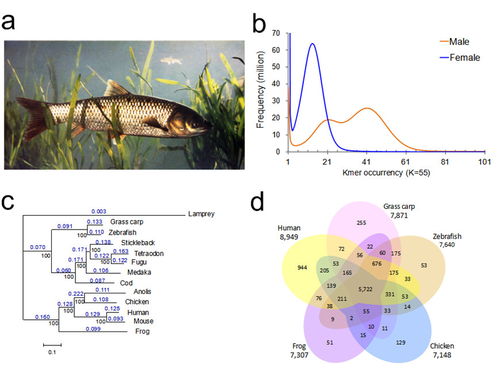Introduction:
Grass carp, known for their resilience and size, are a popular catch among anglers. However, catching these majestic fish requires more than just luck; it demands a good understanding of grass carp fishing techniques and the art of bait preparation. In this article, we delve into the essential grass carp fishing tips and provide you with a detailed guide on how to prepare the perfect bait for these aquatic creatures.
Understanding Grass Carp Behavior:
Before we dive into the bait-making process, it's crucial to understand the behavior of grass carp. These fish are bottom feeders and primarily feed on aquatic plants, algae, and occasionally insects. They are most active during the early morning and late evening hours. Knowing this will help you determine the best time to fish and the type of bait that will attract them.
Choosing the Right Bait:
Natural Bait:
- Grass Carp's Diet: As mentioned, grass carp primarily feed on aquatic plants. Therefore, natural baits like pondweed, milfoil, or duckweed can be highly effective.
- Insects: During the warmer months, grass carp may also feed on insects. You can use earthworms, nightcrawlers, or crickets as bait.
Artificial Bait:
- Soft Plastics: Soft plastics like Senko, Gulp, or curly-tailed grubs can mimic natural prey and work well in various conditions.
- Jigs: Jigs with a weedless design can be effective for navigating through thick vegetation.
Preparing the Bait:
Natural Bait Preparation:
- Grass Carp's Diet: When using natural bait like pondweed or milfoil, it's best to chop it into small pieces to increase the surface area and make it more appealing to the fish.
- Insects: For insects like earthworms or crickets, ensure they are fresh and wriggling. You can add a little bit of cornmeal or other fish attractant to the bait to enhance its appeal.
Artificial Bait Preparation:
- Soft Plastics: Soft plastics can be cut into smaller pieces or rigged on a hook using a Texas rig or Carolina rig for better movement and presentation.
- Jigs: Jigs should be fished in a manner that mimics the movement of a struggling prey. Varying the retrieve speed and depth can help in triggering a bite.
Bait Mixing and Attractants:
Bait Mixers: To create a more enticing bait, you can mix various ingredients like cornmeal, fish attractants, and natural oils. These mixers can help mask human scent and increase the attractiveness of the bait.

Fish Attractants: Using fish attractants like anise oil, vanilla extract, or fish eggs can be a game-changer. These attractants not only mask human scent but also mimic the natural pheromones released by fish, making them more likely to bite.
Fishing Techniques:
Location: Look for areas with dense aquatic vegetation, as grass carp are often found in these habitats. Additionally, shallow waters with plenty of cover can be productive.
Presentation: When fishing with natural bait, allow the bait to settle on the bottom. For artificial baits, vary the retrieve speed and depth to mimic the movement of prey.
Patience: Grass carp can be quite cautious, so patience is key. Wait for the fish to take the bait and avoid reeling in too quickly.
Conclusion:
Grass carp fishing requires a blend of skill, knowledge, and patience. By understanding the fish's behavior, choosing the right bait, and mastering the art of bait preparation, you'll be well on your way to catching these magnificent creatures. Remember, the key to success lies in the details, so take the time to experiment with different baits and techniques until you find what works best for you. Happy fishing!












